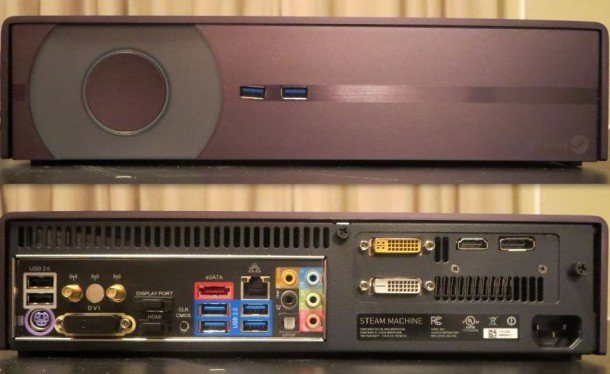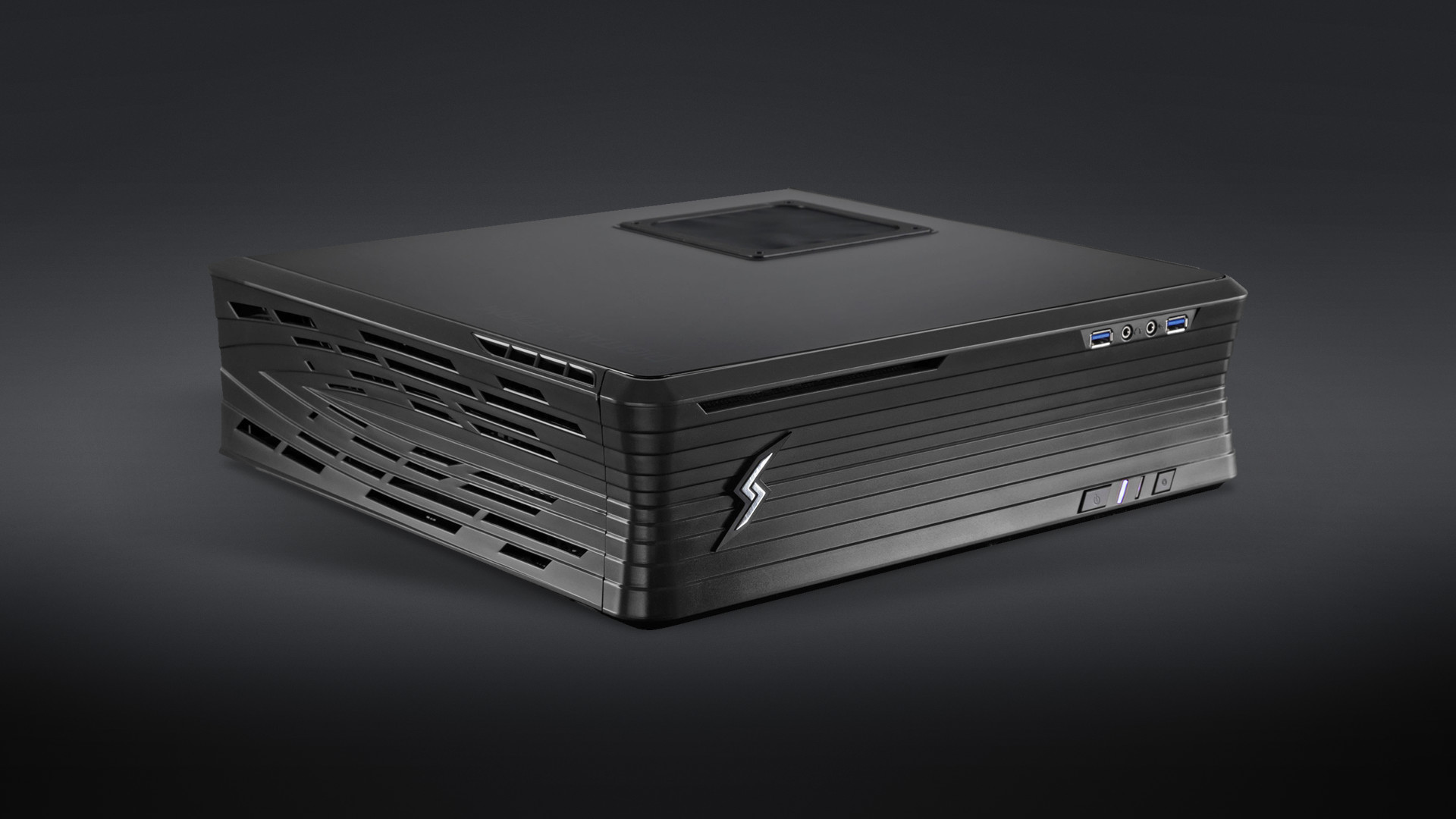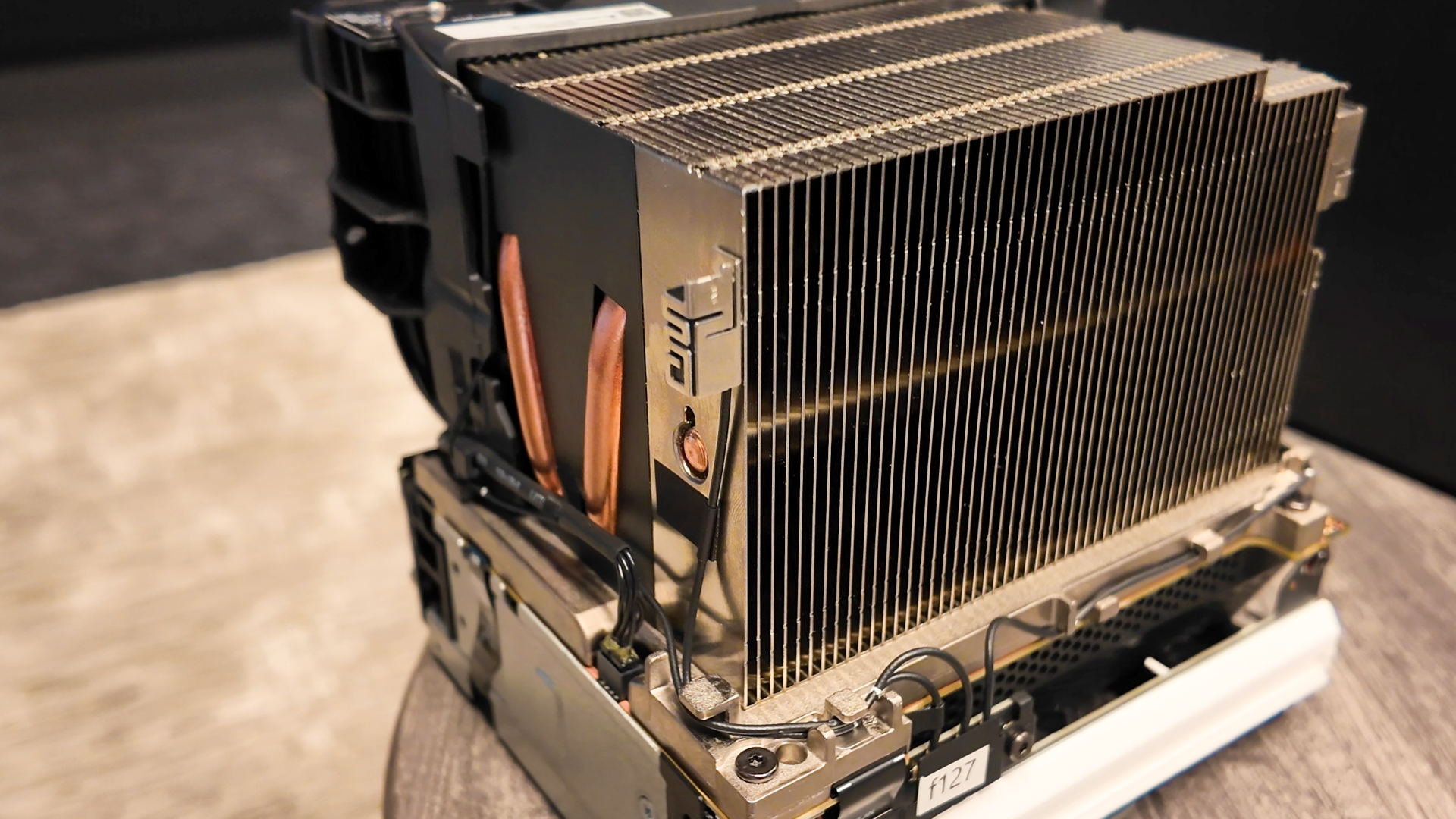After I first discovered that Valve was going to launch Steam Machines once more, I groaned inwardly. Though I by no means purchased one myself, I briefly had the prospect to make use of one about 9 years in the past and wasn’t in in the least shocked that the venture failed. It was solely once I bought to attempt a Steam Deck for the primary time that I realised Steam Machines weren’t lifeless in any respect and now they’re again once more solely. So what went flawed the primary time, and can the brand new ones fare any higher?
Developed over 4 years, Home windows 8 wasn’t only a gentle tweak of Home windows 7, with a flowery new GUI slapped on high. Microsoft wished to dominate your complete private computing market (desktop, laptop computer, pill, telephones, and so forth) and the software program business tied to it. Within the case of the latter, that got here within the type of Home windows Retailer, a brand new digital distribution service the place distributors may promote purposes that caught rigidly to Microsoft’s Metro design guidelines.
As you possibly can think about, the transfer wasn’t precisely in style as a result of if it took off, Microsoft may doubtlessly have full management over what apps and video games could possibly be bought for Home windows-based PCs. One of the notable dissenting voices simply occurred to be Gabe Newell’s, who stated on the time that “Home windows 8 is a disaster for everybody within the PC house.”
Extra importantly, although, he dropped the most important trace as to what Valve was considering behind the scenes: “We need to make it as straightforward as doable for the two,500 video games on Steam to run on Linux as nicely.” To that finish, the corporate launched a Linux model of Steam, together with instruments for builders to assist them port video games to the open-source working system.

A couple of months previous to this, Valve added Huge Image Mode to Steam, a configuration for the GUI that made it extra appropriate for TVs and shows apart from your common PC’s monitor. On the time, we weren’t solely positive whether or not Valve was anticipating us to only plug our gaming rigs instantly into the again of our TVs or use some sort of streaming mechanism.
If it had been the latter, would that imply Valve was planning on making a streaming gadget or collaborating with {hardware} producers to have ‘Steam-approved’ gadgets? Because it turned out, it was each.
All through 2012, loads of rumours bounced round that Valve was about to enter the {hardware} market instantly, probably with some sort of house console-like PC. The Linux port of Steam and Huge Image Mode definitely lent weight to this concept.
The whole lot turned clear in September 2013, when Valve formally launched Steam Machines, together with SteamOS (a Linux-based working system) and the Steam controller. These had been all paper launches, although, as Valve and {hardware} companions would not have something bodily prepared for a great whereas. We did get our arms on beta variations of all three on the time, however it might be one other two years earlier than the {hardware} was retail-available.

The issue was easy: Valve wasn’t making the Steam Machines itself; it wasn’t even hiring one other agency to construct them for it. As an alternative, it labored with distributors resembling Alienware, Falcon Northwest, iBuyPower, Gigabyte, Scan, Zotac, and others to freely design and construct PCs that merely met Valve’s Steam Machine necessities. Effectively, requirement, as there was just one: have the ability to run SteamOS.
And that was the crux of the difficulty. SteamOS actually wasn’t prepared for use by most of the people. When you personal a Steam Deck, you may be very acquainted with the newest iteration of Valve’s working system, however SteamOS 2013 and SteamOS 2025 are very totally different beasts. The place the latter fortunately runs hundreds of Home windows-based video games with nary a difficulty, the unique model of SteamOS may solely run native Linux purposes.
The restrictions of SteamOS gave {hardware} distributors the heebie-jeebies, and whereas a lot of them had been dedicated to the thought of Steam Machines within the public area, behind the scenes, they quickly realised that they only weren’t going to promote a lot of them. Why would you spend tons of or hundreds of {dollars} on a PC that used a brand-new working system and had a gaming library a fraction of the scale of that of Home windows machines?

In lots of circumstances, Steam Machines had been being pre-sold with Home windows, as a result of SteamOS simply wasn’t as much as scratch. By the point Valve lastly bought round to bodily releasing its Steam Controller late 2015, virtually a requirement for Steam Machines, the writing was already on the wall. By mid-way via 2017, it was throughout.
Microsoft had lengthy since banished the horrors of Home windows 8 by giving us the very good Home windows 10 in 2015, and it was clear that its try and nook the app market had amounted to little or no. PC players noticed little motive to desert one thing that builders had been totally dedicated to (i.e. Home windows as a substitute of Linux).

Whereas Steam Machines had been no extra, Valve clearly wasn’t completed with its thought of getting a Home windows-free ecosystem for PC players, as evidenced by the truth that we bought the Steam Deck in February 2022 (feels longer in the past than that, would not it?). The important thing to getting it proper this time was a mix of dealing with all of the {hardware} features instantly and making Proton for translating Home windows code to run in a Linux surroundings.
The handheld gaming PC market is jam-packed with every kind of various fashions, and the unique Steam Deck does really feel considerably primary and dated now. Nonetheless, the {hardware} and software program ecosystem of the little gadget works exceptionally nicely, and I believe that is what Valve envisioned for the unique Steam Machines.

A decade later, and so they’re again once more. This time, the {hardware} is not commonplace PC fare: basically, it is a Steam Deck on steroids, although nonetheless fairly low-key by trendy PC gaming requirements. A customized AMD APU with a Zen 4 CPU sporting six cores and 12 threads, plus an RDNA 3 GPU with 1792 shaders and eight GB of VRAM, will not be a rocket ship, it doesn’t matter what the clock speeds are like.
However due to all of the groundwork laid down by the Steam Deck, it’s going to be greater than sufficient for a spot of big-screen PC gaming, due to a streamlined working system and an infinite sport library to dip into.
Whether or not the market shall be comfortable to purchase a console-like PC that has restricted scope for upgrading stays to be seen, although. If the brand new Steam Machine is as well-received because the Steam Deck was, it may nicely be the hit of 2026. On the very least, it definitely will not be something like as unhealthy as the unique.

Finest gaming PC 2025



